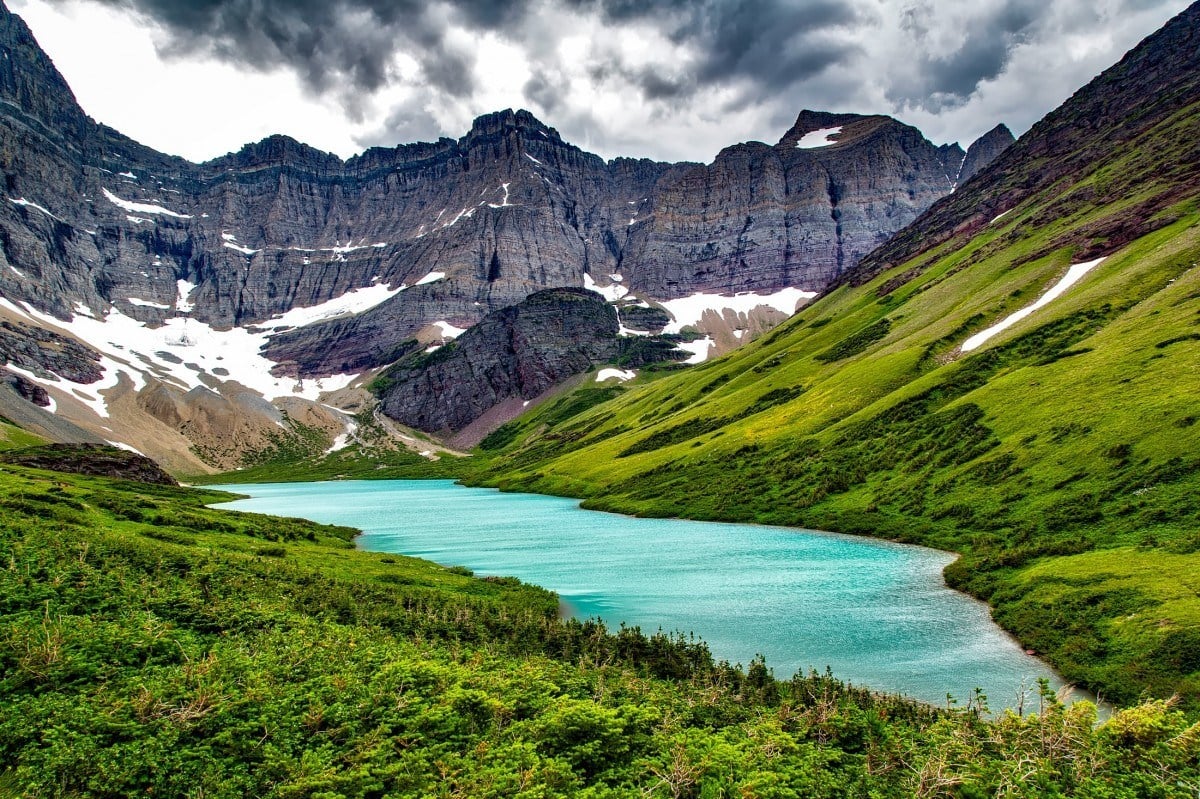Journey to the Clouds: Unveiling the Magic of the Inca Trail
The Inca Trail stands as one of the most iconic hiking routes in the world, weaving through breathtaking landscapes and rich history. As you embark on this unforgettable journey, the thrill of travel and tourism envelops you, drawing you into the heart of the ancient Inca civilization. With every step, you leave behind the modern world and enter a realm where nature and history intertwine seamlessly, offering an experience unlike any other.
This trek is not just about reaching the famed Machu Picchu; it is about embracing the journey that connects you with the stunning beauty of the Andes. The air is filled with the scent of wildflowers, while the sound of your footsteps blends with the whispers of the mountains. Each day brings new challenges, stunning vistas, and a sense of camaraderie with fellow travelers, making the Inca Trail a journey to the clouds that celebrates both adventure and the spirit of exploration.
Exploring the Inca Trail
The Inca Trail is a breathtaking journey that winds through the stunning Andean landscape, offering hikers a unique opportunity to connect with nature and history. As you set foot on the ancient path, you are immediately engulfed by the rich aroma of the surrounding flora and the sounds of the vibrant wildlife. Every twist and turn leads you deeper into the heart of the region, revealing dramatic views of snow-capped peaks, lush valleys, and the iconic ruins that tell the story of the Inca civilization.
Along the way, travelers encounter a variety of ecosystems that add to the allure of the trail. From verdant cloud forests teeming with unique plant species to arid high-altitude plains, each section offers its own charm and challenges. The varying altitudes and microclimates create a remarkable tapestry of landscapes that keep adventurers engaged. With every step, the anticipation builds, knowing that the ultimate destination, Machu Picchu, awaits at the journey's end.
Hiking the Inca Trail is not just about the destination; it is about the journey itself. The camaraderie formed with fellow trekkers, the shared stories around the evening campfire, and the sense of achievement felt when reaching the iconic Sun Gate are memories that linger long after the trek is complete. This experience allows travelers to appreciate the profound connection between culture, nature, and physical endurance, making the Inca Trail a highlight in the world of travel and tourism.
Cultural Significance

The Inca Trail is not just a path through scenic landscapes; it is a route that weaves together the rich tapestry of Inca history and culture. As hikers traverse the trail, they encounter ancient ruins that serve as a testament to the ingenuity and spirituality of the Inca civilization. Sites like Wiñay Wayna and Intipata are more than just scenic overlooks; they are historical landmarks that reflect the advanced agricultural practices and religious beliefs of a society that thrived in harmony with nature.
Understanding the significance of the trail also involves acknowledging the traditions of the local Quechua communities that now inhabit the region. These communities maintain practices that have been passed down through generations, often drawing on the same agricultural techniques used by the Incas. Interacting with locals provides travelers with a richer appreciation of the cultural heritage tied to the land, from their traditional music and dances to the vibrant textiles they create.
Moreover, the Inca Trail serves as a powerful reminder of the interconnectedness between culture, history, and the natural environment. Every step along the trail is steeped in stories of the past, echoing the footsteps of thousands who journeyed before. This profound cultural significance elevates the hiking experience from mere adventure to a meaningful connection with an ancient civilization that continues to inspire travelers and historians alike.
Tips for Travelers
When planning your hike along the Inca Trail, it is essential to prepare physically and mentally. Begin training a few months in advance with regular walks or hikes, gradually increasing your distance and elevation. This will help you build stamina and adapt to the altitude changes. Staying hydrated and practicing your breathing techniques can also make a significant difference in how you feel on the trail.
Pack wisely for your journey. Choose lightweight, breathable clothing that allows for easy layering since temperatures can vary throughout the day. Essential items include a good pair of hiking boots, a reliable backpack, and plenty of water. Don’t forget to bring snacks for energy, a first aid kit, and sunscreen to protect against the strong sun at high altitudes. Being prepared can make your trek much more enjoyable.
Lastly, immerse yourself in the local culture during your travels. Engage with inca trail machu picchu who can share their knowledge of the history and significance of the Inca Trail. Also, take time to explore nearby towns like Aguas Calientes to experience the vibrant traditions and delicious cuisine. This cultural appreciation will enrich your journey and create unforgettable memories beyond the breathtaking landscapes.